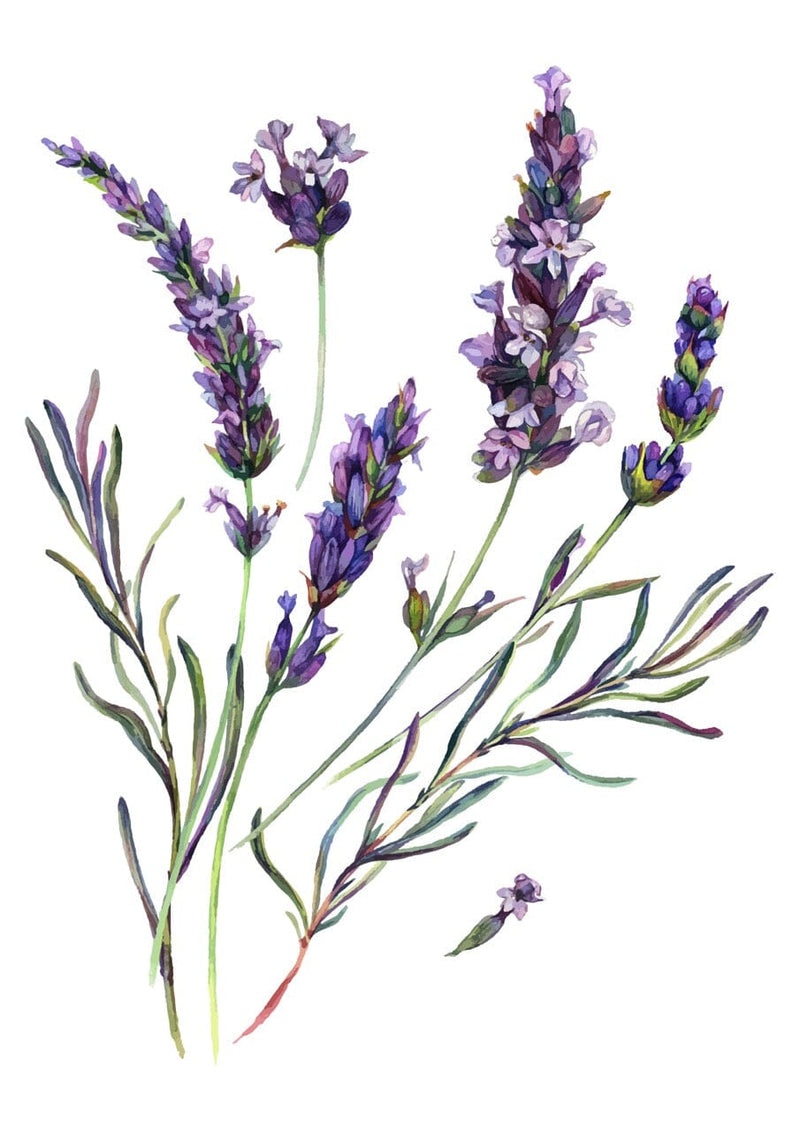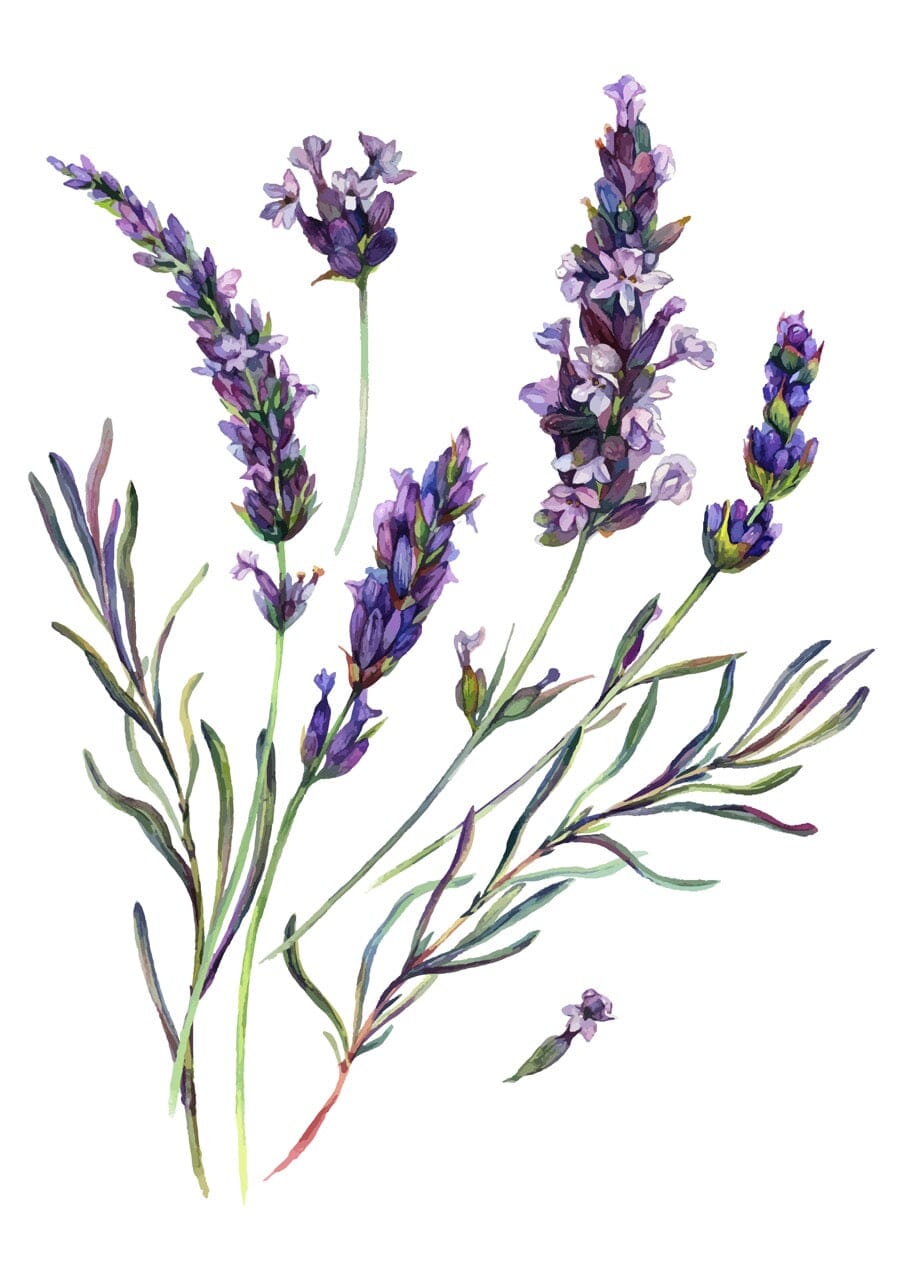Journal / Botanical Encyclopedia

Lavender
Lavender has a rich history of cultivation and use that dates back thousands of years. It is believed to have originated in the Mediterranean region, particularly in areas such as Greece and Italy.
Journal / Botanical Encyclopedia


Lavender has a rich history of cultivation and use that dates back thousands of years. It is believed to have originated in the Mediterranean region, particularly in areas such as Greece and Italy.


Our Growing Region: Greece, USA
Lavender has a rich history of cultivation and use that dates back thousands of years. It is believed to have originated in the Mediterranean region, particularly in areas such as Greece and Italy. Lavender was highly valued by ancient civilizations, including the Egyptians, Romans, and Greeks, for its aromatic properties and various therapeutic benefits.
In ancient Egypt, lavender was used in the embalming process and as a perfume. The Romans used lavender in their baths, as an air freshener, and as a flavoring for foods and beverages. The Greeks, on the other hand, utilized lavender for its medicinal properties, using it to treat digestive issues, headaches, and insomnia.
Over the centuries, lavender's popularity continued to grow, and it spread to other parts of Europe and eventually to the rest of the world. In the Middle Ages, lavender was commonly used to scent linens and clothing, acting as a natural insect repellent.
Today, lavender is cultivated in various countries around the world, including France, Bulgaria, and England. It is widely used in herbal teas, adding a soothing and floral flavor. Lavender is also incorporated into foods and beverages, such as desserts, cocktails, and even savory dishes, to impart a unique and aromatic taste. In terms of herbal medicines, lavender is known for its calming and relaxing properties. It is often used to alleviate stress, anxiety, and insomnia.
Lavender essential oil, derived from the plant through steam distillation, is popular in aromatherapy and is believed to promote relaxation and improve sleep quality.
Lavender is a common ingredient in cosmetics and personal care products as well. Its pleasant scent and potential skin benefits, such as its anti-inflammatory and antimicrobial properties, make it a popular choice in soaps, lotions, and perfumes.
There are various varieties and cultivars of lavender, each with its unique characteristics. Some popular varieties include English lavender (Lavandula angustifolia), French lavender (Lavandula stoechas), and Spanish lavender (Lavandula dentata). These varieties differ in terms of their growth habits, fragrance, and appearance. There are also many different sub-cultivars with varying ranges of purple or blue appearance and aromatic qualities. For visual bouquets, the herb is harvested when it is deep blue and purple but for teas and essential oils, the flowers must be fully ripe and at their peak of essential oils so it maybe counterintuitive but the most aromatic and high oils come from the slightly withered and darkening grey blue flowers. For teas we use the flowers and some parts of upper stems and leaves for robust aroma and lasting taste.
In terms of health and wellness attributes, lavender is believed to have numerous benefits. It is commonly used to promote relaxation, reduce anxiety and stress, and improve sleep. Lavender may also have anti-inflammatory, antimicrobial, and antioxidant properties, making it potentially beneficial for various skin conditions and overall well-being.
Overall, lavender's long history of cultivation and its diverse uses in herbal teas, foods, beverages, herbal medicines, cosmetics, essential oils, and more highlight its versatility and popularity as a natural ingredient with numerous health and wellness attributes.